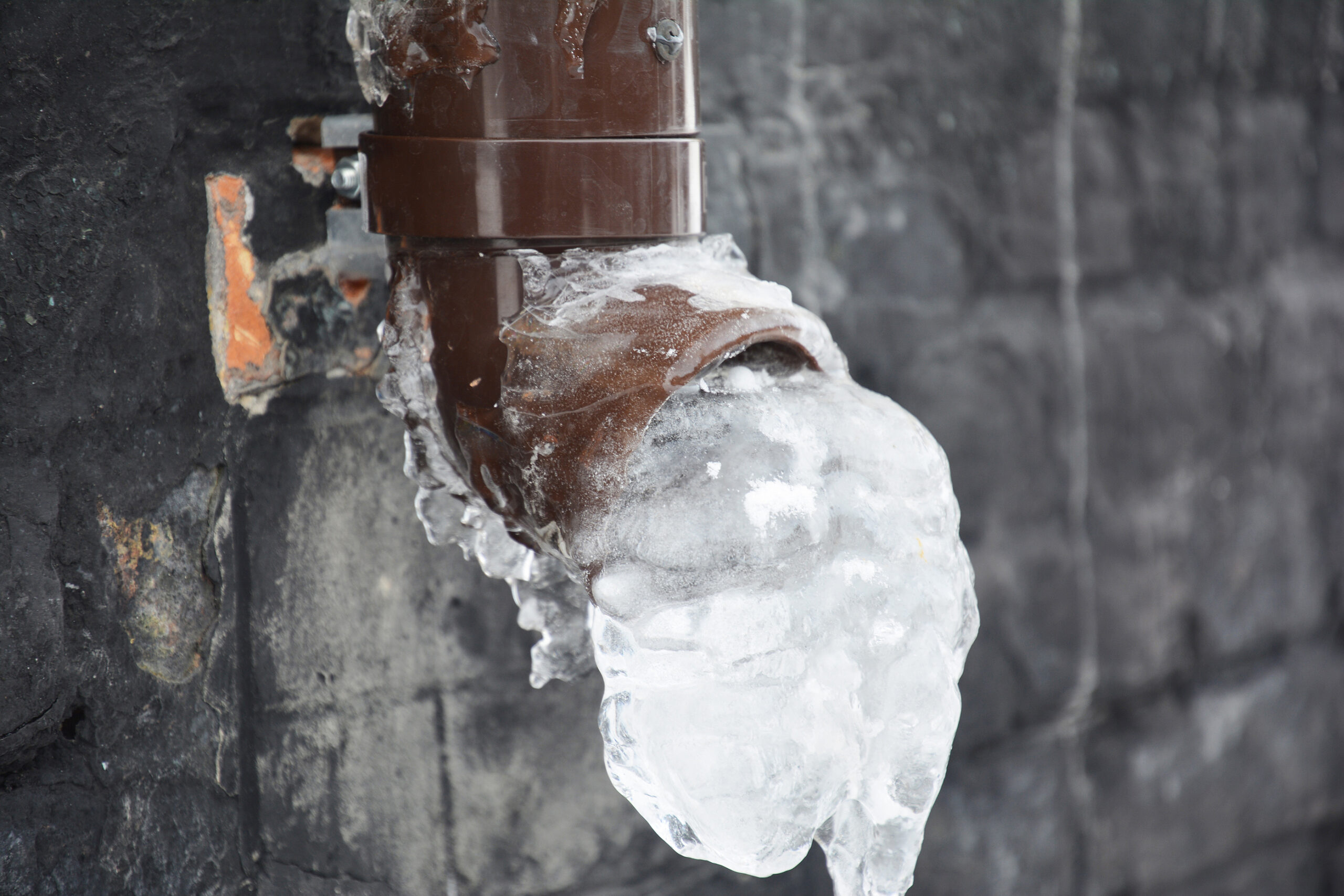We have noticed this article on Preventing and dealing with frozen pipes down the page on the net and felt it made sense to relate it with you over here.
.jpg)
Winter can damage your pipes, specifically by freezing pipes. Right here's just how to prevent it from occurring and what to do if it does.
Intro
As temperature levels decline, the risk of icy pipelines increases, possibly causing expensive repairs and water damages. Understanding exactly how to stop icy pipes is critical for property owners in chilly environments.
Understanding Frozen Pipelines
What triggers pipes to freeze?
Pipelines ice up when subjected to temperatures listed below 32 ° F (0 ° C) for expanded durations. As water inside the pipes freezes, it broadens, taxing the pipeline wall surfaces and possibly creating them to break.
Threats and problems
Frozen pipes can bring about supply of water disturbances, home damages, and expensive fixings. Ruptured pipelines can flooding homes and trigger extensive structural damages.
Signs of Frozen Pipeline
Determining frozen pipes early can prevent them from bursting.
Just how to recognize icy pipes
Search for lowered water circulation from taps, uncommon odors or noises from pipelines, and noticeable frost on subjected pipelines.
Avoidance Tips
Insulating prone pipes
Wrap pipelines in insulation sleeves or use warmth tape to secure them from freezing temperatures. Focus on pipes in unheated or external areas of the home.
Heating strategies
Keep interior areas appropriately warmed, particularly locations with plumbing. Open cupboard doors to allow warm air to circulate around pipes under sinks.
Protecting Exterior Plumbing
Garden tubes and outside taps
Disconnect and drain pipes yard tubes prior to winter. Install frost-proof faucets or cover exterior faucets with protected caps.
What to Do If Your Pipes Freeze
Immediate activities to take
If you suspect icy pipes, keep faucets open up to eliminate stress as the ice thaws. Use a hairdryer or towels soaked in warm water to thaw pipes gradually.
Long-Term Solutions
Structural changes
Take into consideration rerouting pipes far from exterior wall surfaces or unheated areas. Include extra insulation to attic rooms, basements, and crawl spaces.
Upgrading insulation
Buy top notch insulation for pipes, attics, and walls. Correct insulation helps keep consistent temperature levels and lowers the danger of icy pipes.
Conclusion
Preventing icy pipelines calls for aggressive steps and fast actions. By recognizing the causes, indicators, and safety nets, property owners can protect their pipes during winter.
5 Ways to Prevent Frozen Pipes
Drain Outdoor Faucets and Disconnect Hoses
First, close the shut-off valve that controls the flow of water in the pipe to your outdoor faucet. Then, head outside to disconnect and drain your hose and open the outdoor faucet to allow the water to completely drain out of the line. Turn off the faucet when done. Finally, head back to the shut-off valve and drain the remaining water inside the pipe into a bucket or container. Additionally, if you have a home irrigation system, you should consider hiring an expert to clear the system of water each year.
Insulate Pipes
One of the best and most cost-effective methods for preventing frozen water pipes is to wrap your pipes with insulation. This is especially important for areas in your home that aren’t exposed to heat, such as an attic. We suggest using foam sleeves, which can typically be found at your local hardware store.
Keep Heat Running at 65
Your pipes are located inside your walls, and the temperature there is much colder than the rest of the house. To prevent your pipes from freezing, The Insurance Information Institute suggests that you keep your home heated to at least 65 degrees, even when traveling. You may want to invest in smart devices that can keep an eye on the temperature in your home while you’re away.
Leave Water Dripping
Moving water — even a small trickle — can prevent ice from forming inside your pipes. When freezing temps are imminent, start a drip of water from all faucets that serve exposed pipes. Leaving a few faucets running will also help relieve pressure inside the pipes and help prevent a rupture if the water inside freezes.
Open Cupboard Doors
Warm your kitchen and bathroom pipes by opening cupboards and vanities. You should also leave your interior doors ajar to help warm air circulate evenly throughout your home.

As a fervent reader about 6 Ways to Prevent Frozen Pipes, I figured sharing that segment was important. For those who appreciated our blog entry if you please make sure you remember to share it. Many thanks for your time. Return soon.
Request An Appointment
Comments on “Ways to Defend Your Pipes from Cold Weather: Expert Tips”